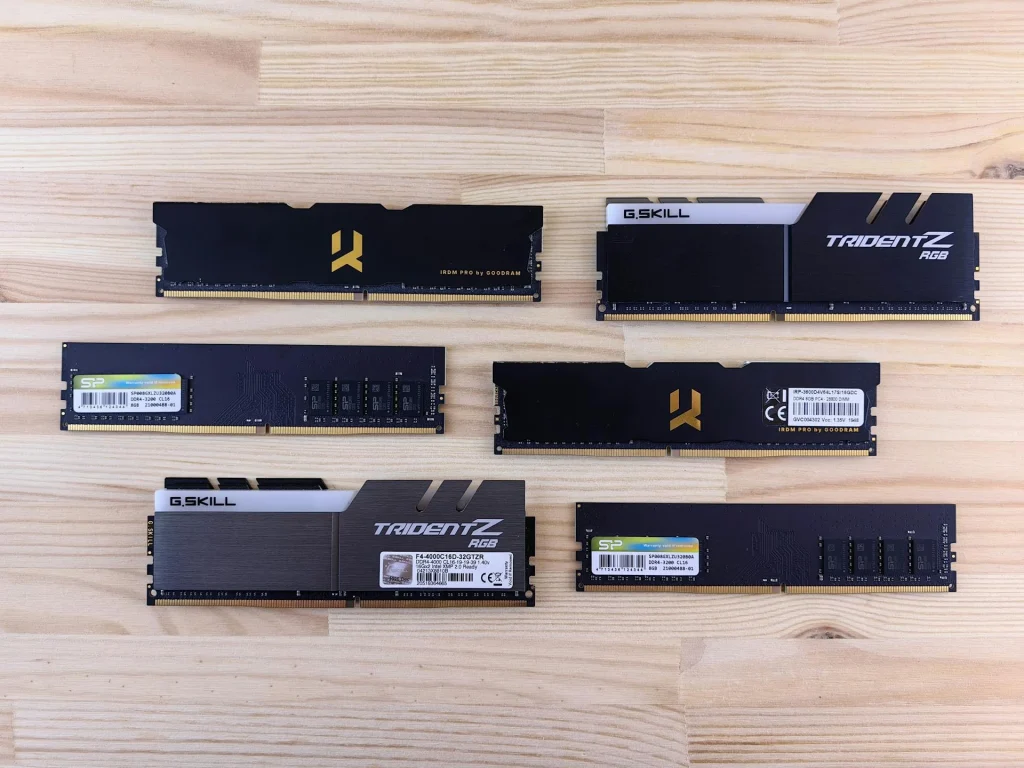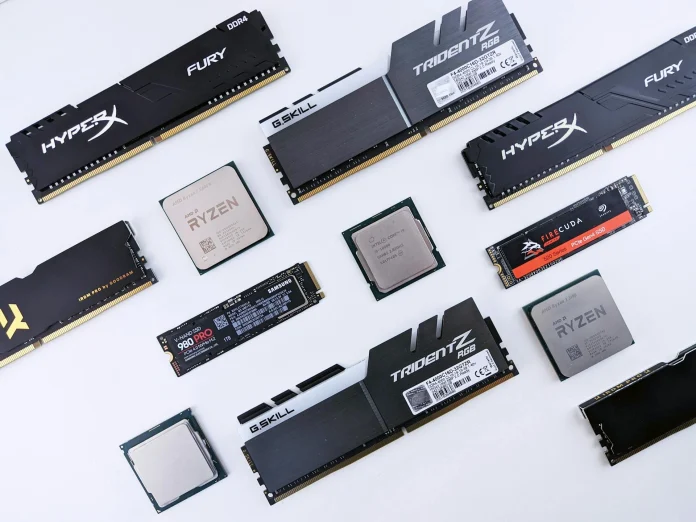If you’re building a gaming PC right around now, you must definitely be asking the question: “How much RAM would I need?” While RAM does seemingly affect gaming performance in a lot ways, overspending on a RAM stick and having no money left for other significant components in your PC build – can also be a big bummer and hamper your PC’s performance.
But, do not worry since we’re trying to help you – make an informed decision on what is the ideal amount of RAM for gaming in 2025 so that you don’t end up overspending on just a single component.
What’s RAM and why is it important for gaming?
Well, the RAM is a short term storage that stores all information that a computer needs to run applications in real time. RAM’s access speeds are very swift considering it is always actively engaged when a computer is running.
This could translate to texture data, models, physics or mechanics for games being stored in the RAM of the device and having adequate amount of this much needed storage could mean seamless gameplay asset rendering, faster load times and the ability to have other applications running in the background – while you are playing your game.
Nevertheless, having a decent amount of RAM will ensure that your other components like your CPU, GPU and permanent storage – don’t get bottlenecked. But like all good things, there is a limit or a “sweet spot” if we may, that will ensure the best price to performance ratio.
So, how much RAM do you actually need for gaming?
Most contemporary games only need 8 GB of RAM – or at least that’s what they announce as “minimum requirements” on their launch days. While 8GBs of RAM should be sufficient to run modern games at let’s say “elevated” settings, multitasking abilities might take a hit. But, with 16 GB of RAM, you can enjoy AAA titles like Cyberpunk 2077 in high speed car chases or Starfield – whilst running an instance of a browser in the background or listening to a music streaming service in the background, all without breaking a sweat.
Moreover, if you plan on purchasing a pre-built desktop or a laptop, the majority of these devices include 16GB of RAM by default, making it a readily available and cost-effective solution. If your main focus is only gaming and not diving into resource-demanding tasks – such as video editing or streaming, 16GB should fulfill your requirements for the foreseeable future.
But, when should you consider 32 GBs of RAM?

Well, there are certain cases where a certain group of our audience could need 32 GBs of RAM. This could apply to the streamers, video editors or multitasking fiends – for whom 32 GBs of RAM would prove highly advantageous. Streaming platforms such as OBS, when paired with high-resolution games, can rapidly consume your system’s memory.
Likewise, modern games with vast, open worlds – such as “Elden Ring” or “Hogwarts Legacy” – are beginning to take advantage of higher RAM sizes, in the near future.
An additional reason to choose 32GB is future-proofing. Game developers continually stretch the limits of what can be achieved, and it’s reasonable to anticipate that upcoming games will start to recommend 16GB as the baseline in the years ahead. Opting for 32GB means securing your system against becoming outdated too swiftly
But wait, what are the DDR4 vs DDR5 discussions? Does it matter?
Well, in 2025 DDR5 entered as the mainstream standard for random access memory, bringing higher read/write speeds and higher thermal efficiencies to the table. While the DDR5 standard RAM does provide a modest performance gain for gaming, the difference isn’t substantial unless you’re utilizing a high-end CPU and GPU pair (and we’re talking like really high end. Your 12900F doesn’t count)
So, for most gamers the decision between DDR4 vs DDR5 will ultimately directly depend on their budget and also motherboard compatibility to an extent.
If you’re building a new PC right about now, it’s worth considering DDR5 for future-proofing, as it’s set to become the new standard over the DDR4. However, if you’re upgrading an older build, sticking with DDR4 is still an okay option.
RAM Configuration: Single vs. Dual Channel
Another important aspect to consider is how you’re configuring your RAM. Dual-channel installation (where two RAM sticks are utilized) generally delivers better performance than a single stick of the same size.
This is primarily due to the fact that dual-channel setups permit “augmented memory bandwidth” (which is a fancy way of saying more channels for data to travel) resulting in smoother gameplay and better frame rates.
For instance, 16GB divided into two 8GB sticks (dual channel) will surpass a single 16GB stick (single channel) in performance. When upgrading or assembling your system, aspire for a dual-channel setup whenever possible – so that you cannot blame your setup, for the lack of your skills.
Here are some final guidelines to selecting the right size of RAM
- Examine Game Requirements: Always verify the suggested RAM requirements for the games you play most frequently. This will provide you with a benchmark for what you require.
- Align The RAM with Your Build: Ensure your RAM is compatible with your motherboard and CPU. Higher RAM speeds can benefit high-end CPUs, but the effect is minor in gaming compared to overall capacity.
- Future-Proofing: If your budget permits, consider selecting more RAM to prepare for future games and software updates.
- Don’t Overlook Other Components: A well-rounded build is more essential than focusing exclusively on RAM. Make certain your GPU, CPU, and storage are also of good quality.
If you think this guide helped you pick the perfect RAM for your gaming build, do consider bookmarking us by pressing “Ctrl + D” and keep watching this space for more such guides!


